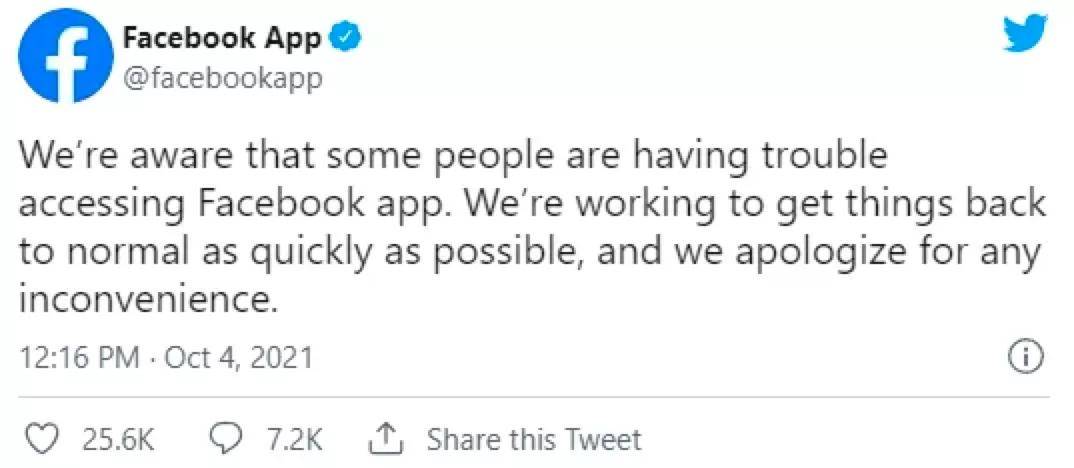### What Are Federal Unsubsidized Loans: A Comprehensive Guide to Understanding Your Options
Guide or Summary:What Are Federal Unsubsidized Loans?Eligibility for Federal Unsubsidized LoansLoan Limits and Interest RatesRepayment OptionsPros and Cons……
Guide or Summary:
- What Are Federal Unsubsidized Loans?
- Eligibility for Federal Unsubsidized Loans
- Loan Limits and Interest Rates
- Repayment Options
- Pros and Cons of Federal Unsubsidized Loans
What Are Federal Unsubsidized Loans?
Federal unsubsidized loans are a type of financial aid offered by the U.S. Department of Education to help students cover their educational expenses. Unlike subsidized loans, where the government pays the interest while the student is in school, federal unsubsidized loans accrue interest from the moment the loan is disbursed. This means that students are responsible for paying the interest, which can lead to a larger total repayment amount over time.
Eligibility for Federal Unsubsidized Loans
To qualify for federal unsubsidized loans, students must complete the Free Application for Federal Student Aid (FAFSA). This application determines the student's eligibility for various types of federal financial aid, including grants, work-study programs, and loans. Unlike subsidized loans, there is no requirement to demonstrate financial need for unsubsidized loans, making them accessible to a broader range of students.

Loan Limits and Interest Rates
Federal unsubsidized loans come with specific borrowing limits, which vary depending on the student's year in school and dependency status. For undergraduate students, the annual loan limit ranges from $5,500 to $12,500. Graduate and professional students can borrow up to $20,500 annually. The interest rates for these loans are fixed and are set by the government, ensuring that students know what their payments will look like over the life of the loan.
Repayment Options
Repaying federal unsubsidized loans can be done through several options. Students can choose to start repayment immediately or defer payments while in school. However, interest will continue to accrue during any deferment period. Once students graduate or drop below half-time enrollment, they typically have a six-month grace period before they must begin making payments. Various repayment plans are available, including standard, graduated, and income-driven repayment plans, allowing borrowers to choose the option that best fits their financial situation.

Pros and Cons of Federal Unsubsidized Loans
There are several advantages to federal unsubsidized loans. They are relatively easy to obtain, do not require a credit check, and offer flexible repayment options. Additionally, they provide a way for students to finance their education without the need for a co-signer.
However, there are also downsides to consider. The interest that accrues while the student is in school can significantly increase the total amount owed. This can lead to a larger financial burden after graduation, especially for students who take out multiple loans. Furthermore, if students do not stay on top of their payments, they risk falling into default, which can have serious long-term consequences for their credit score and financial future.

In summary, federal unsubsidized loans are an essential tool for many students seeking to finance their education. Understanding what they are, how they work, and the implications of borrowing is crucial for making informed financial decisions. As students navigate their educational paths, it is important to weigh the pros and cons of these loans and consider all available options to ensure a successful financial future. By being proactive and informed, students can make the most of their educational investments and minimize the impact of student debt in their lives.